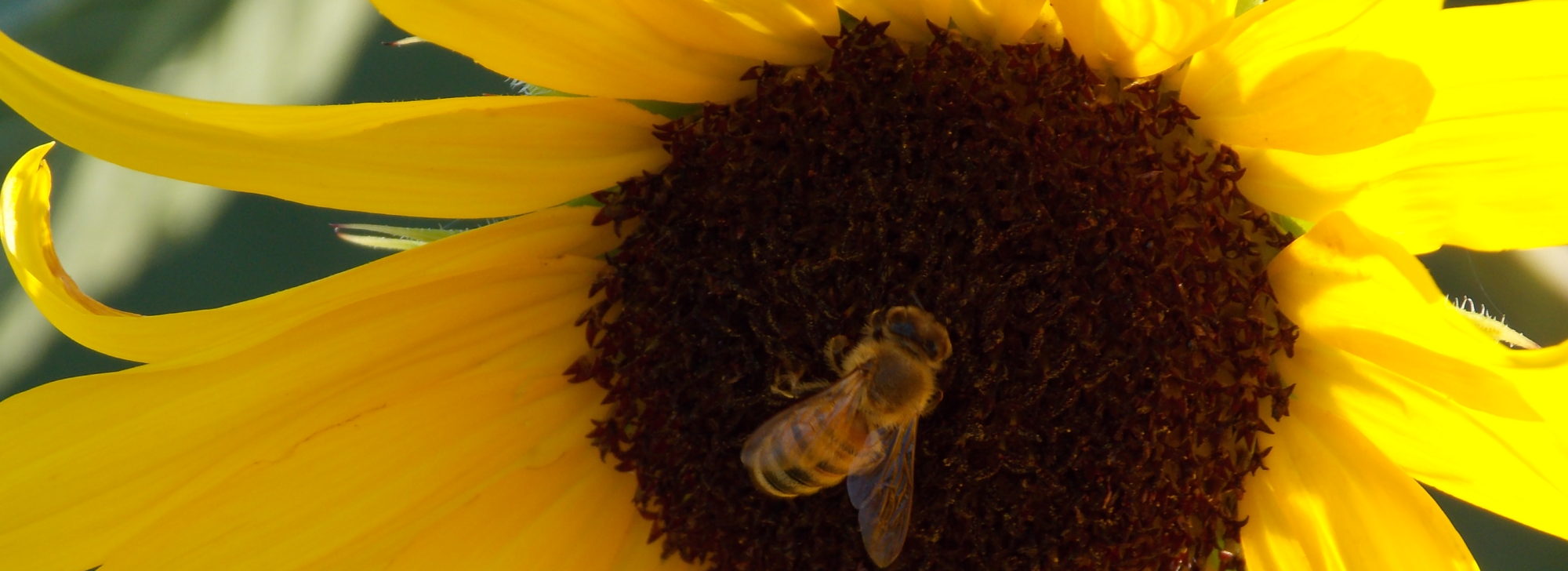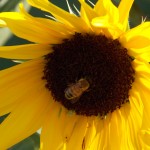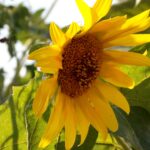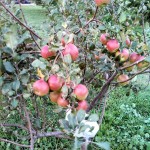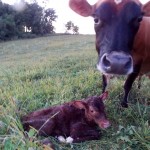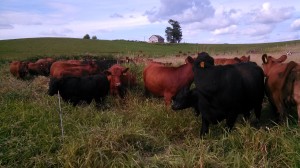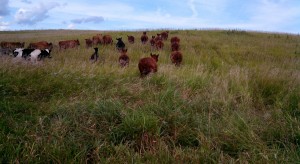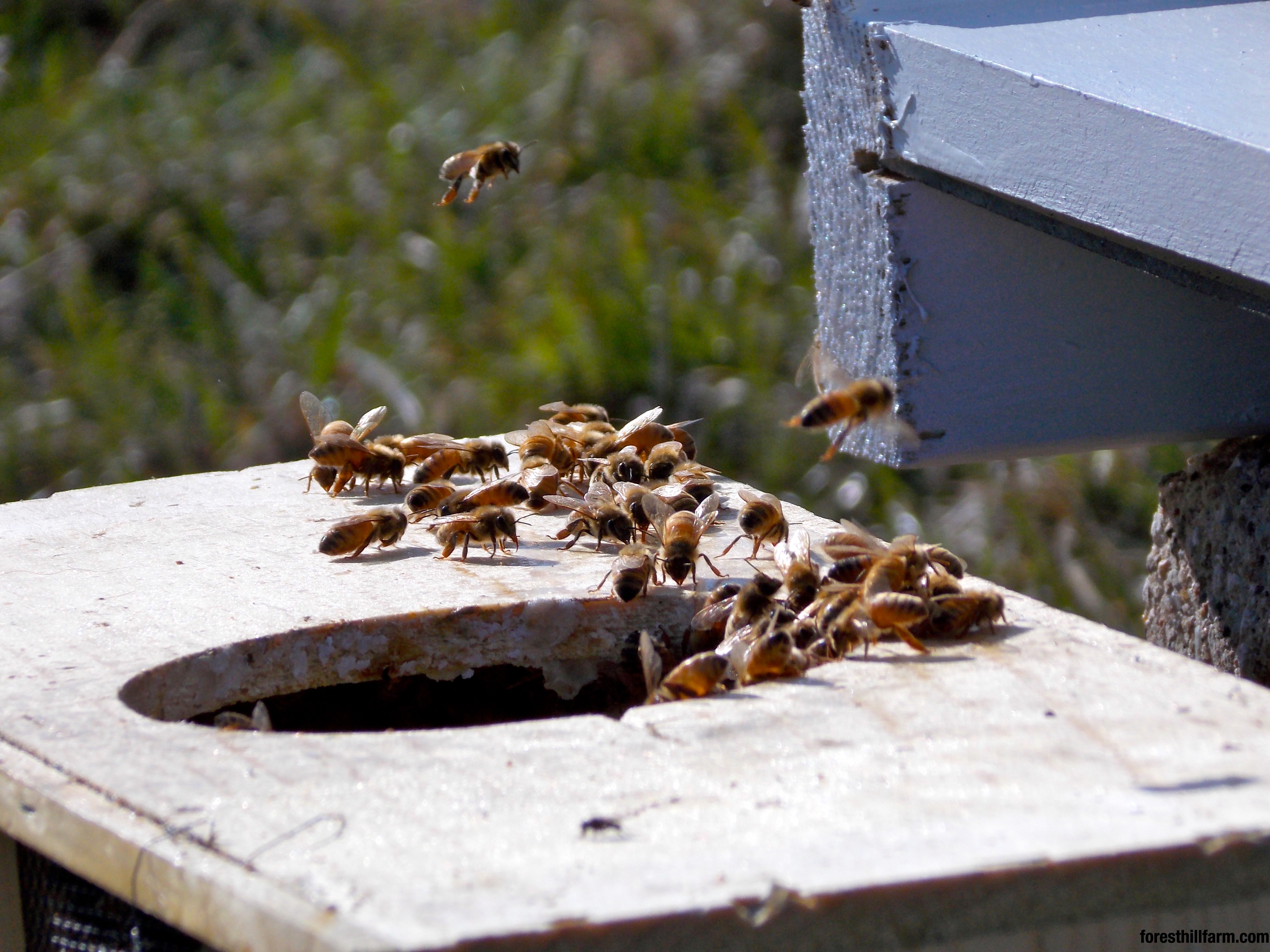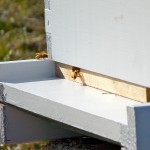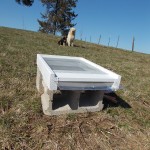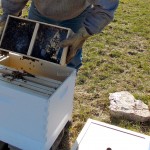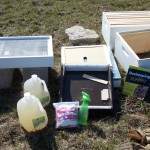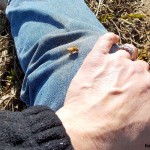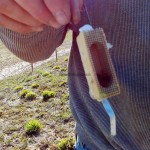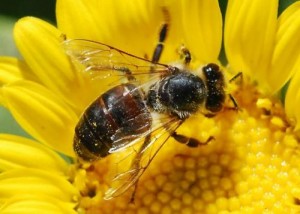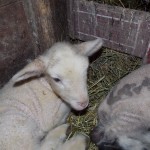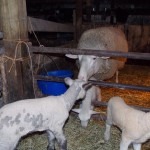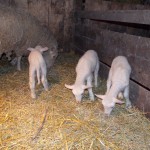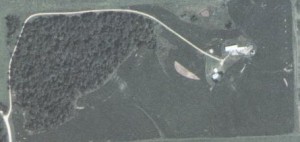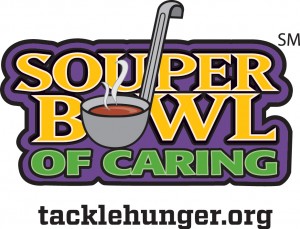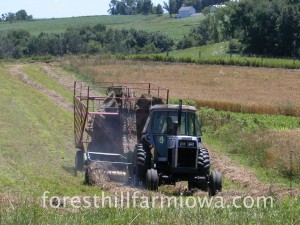
Rusty Little was cursed. He was blessed in all areas of life except the weather. It never cooperated with him. His neighbors who made hay were blessed by this curse. Watching Rusty's field they knew when, or when not to, mow hay.
There's a little breakfast spot where the farmers meet for coffee after morning chores. Rusty was always there laughing, talking, and making deals. The discussion always turned to each farmer's schedule. When you drive through the countryside you'll notice how many farms have hay laying in the fields at the same time. When Rusty Little made hay his was the only field mowed. When Rusty announced, “I'm making hay today,” every farmer would nod, making a mental note to wait a few more days before mowing their fields. Nothing ruins hay like rain.
I'd never know Rusty to get through an entire season without at least one hay crop getting rained on. Like everyone else, Rusty watched the weather religiously. No matter the forecast, Rusty's weather luck always ran out. A pop-up shower would stall above his field, letting loose. The other farmers were grateful that Rusty carried the curse. Sad, but grateful. They made better hay because of it. A typical conversation between farmers would go something like this:
“Hey, John. I was thinking of going Walleye fishing today if you'd like to join me.”
“Thanks, but I'm making hay this week. It looks like perfect weather.”
“Rusty's mowing hay this week.”
“Oh. When's he starting?”
“This afternoon.”
“Well, I guess I'll go fishing instead. Thanks for the heads up, I appreciate it!”
“Poor Rusty.” Both men would say, shaking their heads.
A few years ago Rusty quit making hay. Now the entire group shares the curse. No one farmer carries it alone. Yesterday our friend Ron mowed his field. Last night half an inch of rain fell. Bless his soul, Rusty's finally ahead.
